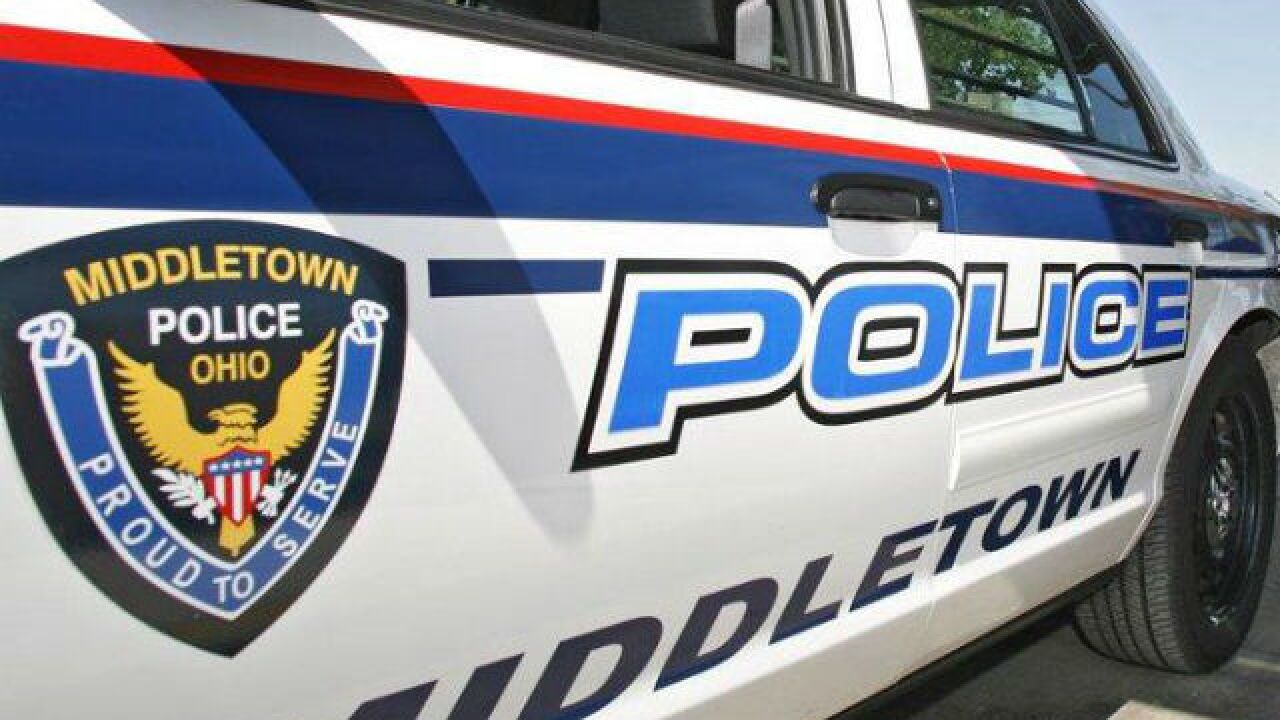MIDDLETOWN, Ohio — Advanced technology that uses license plate reading cameras could be coming to Middletown soon. Police say the goal is to find people being sought through investigations and who are linked to acts of violence.
This week, Ohio Governor Mike DeWine awarded more than $3.7 million to 21 local law enforcement agencies to help them strategically combat violence in their communities.
The Middletown Division of Police was awarded a $33,000 to develop a new hot spot policing strategic plan that will employ the use of of the technology that will also aid in the investigation of homicides and other violent crimes.
“The new investigative strategy will place a concentrated focus on identified neighborhoods with high rates of crime to help investigators solve incidents of violence and deter additional violence,” according to the governor’s office.
Middletown Police Chief David Birk said he wrote the grant to partially fund a Flock Safety license plate reading system.
Upgrades in automated license plate readers, developed by Flock Safety, are effective tools in locating suspect vehicles, missing persons or in Amber and Silver Alert situations, said Birk, who championed the grant for 12 stationary cameras to be placed in the city’s high traffic areas where vehicles come and go.
“The system takes license plate shots of cars coming in and out of the city. It just takes a shot of the plate and bumper, so it is not video,” Birk said. “What I love about the system (for example) ... the detectives have a shooting where they are looking for a black SUV. We can type in black SUV and it pulls up all black SUVs that have gone through cameras in (the) area.”
Birk said that information is valuable tracking down possible suspects early in a crime investigation. The system can also pinpoint the time a vehicle drove through the camera, but it does not photograph the driver or occupants.
When the grant was written, Birk said he looked for funding for 12 cameras, but a study by the company recommends 26. Middletown has several multiple lane roadways and state routes running through it that impact the number needed.
There is an annual fee of $65,000 to operate the cameras. The grant will pay for the initial 12 cameras and installation, but Birk said city council will have to approve money for the additional cameras and the annual fee.
“Everybody wants technology, but with technology comes a price,” Birk said. “If we want to use these to help detectives and make the community better, it comes with a cost.”
The chief said both Dayton and Franklin police have had “huge” success with the program in those cities.
There has been push back from opponents who say the cameras are too overreaching and infringe on privacy and civil liberties.
Birk said in the case of red light and speed cameras he can understand the arguments because there is no officer witnessing the incident when it occurs, even though an officer reviewed that data and signed off before a ticket is issued.
“With this system, all it is doing is taking a picture of a license plate and your bumper,” Birk said. “And you don’t have constitutional right to privacy when you are driving. Driving is not a constitutional right. A license plate is in plain view, we are not violating anyone’s rights here. It is no different that an officer driving around and seeing your license plate.”
He noted the photos stay in the system for 30 days, then are purged.
The cameras system is an immediate valuable tool for detectives and also gives officers the ability to connect with other cities that have the Flock cameras, according to the chief. If approved by council, installation could comes as soon as June.
“We are looking for any advantage we can get,” Birk said. “Obviously we are understaffed and overworked so this gives us a tool to get more eyes out there into the public and the ability to track cars and suspects.”
Flock’s plate readers have grown in popularity since the business started in 2017 and are spreading across Ohio. Beavercreek, Centerville, Kettering and Springboro have all contracted for the stationary camera units.
Springboro has 15 and Miami Twp. has eight, while Beavercreek, Centerville, Kettering and West Carrollton police plan to install more than two dozen combined this spring, officials said.
Franklin Police Chief Adam Colon Told the Dayton Daily News earlier this month that since his division contracted for 11 cameras in September, “numerous felony investigations have been solved with the help of the system.”
RELATED
Cincinnati police expected to receive $250K as part of plan to stop gun violence this summer
Two year after 'Defund the Police' movement many place are funding the police again
Proposed Hamilton justice center would bring police and courts together



